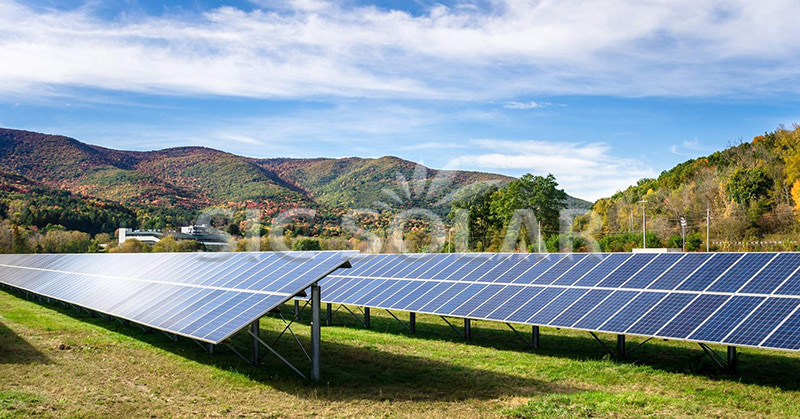Installing solar panels is a meticulous process that significantly impacts their performance, longevity, and safety. Whether you’re setting them up on your rooftop, the ground, or a bespoke structure, the right mounting system is crucial for securing your solar array and ensuring it captures the maximum amount of sunlight.
When it comes to mounting solar panels, there are several key considerations:
1. Location and Orientation: To maximize sunlight exposure, panels should face the direction that gets the most sun. Typically, in the Northern Hemisphere, this means a south-facing orientation. The tilt angle should also be adjusted to match the local latitude for peak efficiency.
2. Mounting Surface: The type of surface you’re mounting on—be it a rooftop, which can vary from metal to shingle to tile, or the ground—dictates the kind of mounting system you’ll need.
3. Wind and Snow Loads: Your mounting system must be robust enough to handle local weather conditions, including strong winds and heavy snowfall.
4. Accessibility: It’s important that the panels remain accessible for maintenance and cleaning without compromising safety.
5. Type of Mounting System: Depending on the scale of your project, your budget, and your performance objectives, you’ll choose between a fixed or adjustable mounting system.
Common types of solar panel mounting systems include:
– Rooftop Mounting Systems: These can be flush-mounted for a sleek look or tilted for better sunlight exposure. Ballasted mounts are also an option, offering a non-penetrating solution for flat roofs.
– Ground Mounted Systems: Fixed-tilt frames are suitable for year-round performance, while tracking systems follow the sun’s path to boost energy production.
– Custom Mounting Solutions: These can include carports, pergolas, or balcony mounts, offering creative ways to integrate solar panels into various structures.
Here’s a step-by-step guide to mounting solar panels:
1. Prepare the Site: Assess the site for optimal sunlight and structural soundness, and clear any obstacles that might cast shadows.
2. Select the Mounting System: Choose a system that fits your installation surface and project needs. SIC Solar offers a variety of solutions, from roof hooks to ground screws and ballasted systems.
3. Install the Mounting Structure: Attach the mounting system securely to the roof or ground, ensuring it’s level and properly aligned for panel placement.
4. Mount the Solar Panels: Securely fasten the panels to the mounting rails using the appropriate hardware. Ensure each panel is fixed and angled correctly to capture the most sunlight.
5. Connect Electrical Components: Wire the panels to the inverter or charge controller, adhering to safety guidelines to prevent hazards.
6. Test the System: Conduct a thorough inspection to ensure stability and functionality, and monitor the energy output to confirm optimal performance.
High-quality mounting systems play a vital role in:
– Structural Stability: They protect against environmental forces like wind and snow.
– Efficient Performance: They maintain the best angle and orientation for sunlight capture.
– Long-Term Durability: They’re made from materials that resist corrosion and wear over time.
SIC Solar specializes in providing mounting systems that meet these criteria. They offer:
– Rooftop Mounting Kits: Compatible with various roof types, including corrugated metal and tile.
– Ground-Mount Frames: Sturdy and adaptable to different terrains.
- Custom Solutions: Tailored designs for unique projects, such as carports and pergolas.

Mounting solar panels correctly is essential for achieving the best energy efficiency and system life. By taking into account factors like location, orientation, and weather conditions, you can select the most suitable mounting system for your solar project. SIC Solar innovative and durable mounting solutions ensure that your solar panels are installed securely and are optimized for performance, whether you’re working on a residential rooftop or a large-scale ground-mounted system. SIC Solar has the expertise and products to support your renewable energy objectives.